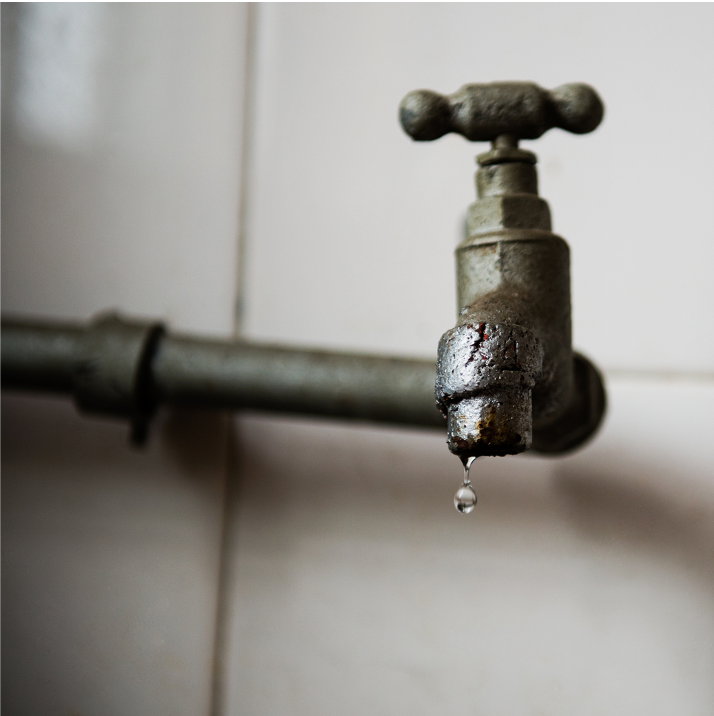Urinary Flow Test
What is a Urinary Flow Test?
A urinary flow test, or uroflowmetry, is a diagnostic test that measures urine flow rate during urination. It provides valuable information about the health and function of the urinary system and frequently assesses urinary symptoms related to benign prostatic hyperplasia (BPH).
Purpose of Urinary Flow Test
- Assessment of Urinary Symptoms: BPH can lead to various urinary symptoms, including weak urine stream, hesitancy (difficulty initiating urination), intermittency (urine flow starting and stopping), and incomplete bladder emptying. The urinary flow test helps quantify these symptoms objectively.
- Evaluating Bladder Function: BPH can affect bladder function by obstructing urine flow. Uroflowmetry provides insights into how well the bladder empties during urination, helping assess the impact of BPH on bladder function.
- Monitoring Disease Progression:
For individuals with known BPH, periodic urinary flow tests can track changes in urinary symptoms and bladder function over time, aiding in managing the condition.

Who is Suitable for a Urinary Flow Test?
- Individuals experiencing urinary symptoms suggestive of BPH, such as weak urine stream, frequent urination (especially at night), urgency, or difficulty emptying the bladder, may benefit from a urinary flow test.
- Men undergoing treatment for BPH, whether through medication, minimally invasive procedures, or surgery, may undergo urinary flow testing to assess the effectiveness of the treatment in improving urinary symptoms and bladder function.
- If BPH is suspected based on symptoms or findings during a physical examination, urinary flow testing can help confirm the diagnosis and provide baseline data for monitoring.
- The severity of BPH can vary among individuals. Urinary flow testing can help classify the degree of obstruction caused by an enlarged prostate, which may guide treatment decisions.
- For men considering surgical interventions for BPH, such as laser prostate surgery (HoLEP), urinary flow testing may be performed as part of the preoperative evaluation to assess baseline urinary function.
Benefits of Urinary Flow Test
- Objective Assessment: Urinary flow testing provides objective data on the rate and pattern of urine flow during urination, helping quantify urinary symptoms associated with BPH, such as weak stream, intermittency, and hesitancy.
- Early Detection: By detecting changes in urinary flow patterns, uroflowmetry can aid in the early detection of BPH, allowing for timely intervention and management before symptoms worsen or complications develop.
- Treatment Monitoring: For individuals undergoing treatment for BPH, such as medication, minimally invasive procedures, or surgery, urinary flow testing can help monitor treatment effectiveness and guide adjustments to therapy as needed.
- Guiding Treatment Decisions: Uroflowmetry results, along with other clinical assessments, can assist doctors in determining the most appropriate treatment approach for managing BPH, whether it involves watchful waiting, medication, or surgical intervention.
- Patient Counseling: Uroflowmetry results can facilitate meaningful discussions between doctors and patients regarding the nature and severity of urinary symptoms, treatment options, and expected outcomes, empowering patients to make informed decisions about their care.
Types of Urinary Flow Tests
- Simple Uroflowmetry: This is the most common type of urinary flow test and involves measuring the rate and pattern of urine flow during a single voiding session. The patient urinates into a special toilet or urinal equipped with a measuring device, and the flow characteristics are recorded electronically.
- Urodynamic Pressure Flow Study: In addition to measuring urine flow rate, a study assesses bladder pressure during urination, providing insights into the degree of obstruction caused by an enlarged prostate. This test may involve small bladder and rectal probes to measure bladder pressure more accurately.
- Bladder Diary: While not a traditional urinary flow test, keeping a voiding diary can provide valuable information about urinary symptoms and voiding patterns over time. This information can complement uroflowmetry results and aid in diagnosing and managing BPH.
Preparation Before a Urinary Flow Test
- Inform Your doctor: Before the test, inform your doctor about any medications you're taking, particularly those that may affect urinary function or flow rates.
- Hydration: Drink fluids normally leading up to the test. Avoid excessive fluid intake immediately before the test to prevent bladder overfilling, which may affect test results.
- Voiding Diary: Some doctors may ask you to keep a voiding diary for a certain period before the test. This diary records your urinary habits, including the frequency and volume of urination and any associated symptoms.
- Follow Instructions: Follow any specific instructions provided by your doctor regarding medication adjustments or other preparatory measures.
Urinary Flow Test Procedure
- Setup: You'll be escorted to a private restroom with a special toilet or urinal designed for uroflowmetry. If your doctor provides a portable device, you may use it at home.
- Instructions: Follow the instructions provided by the healthcare staff. They may instruct you to start urinating at a certain time and to void as naturally as possible.
- Voiding: Urinate into the large funnel-shaped device as you normally would. Try to relax and void your bladder comfortably. The device will measure the rate and pattern of urine flow.
- Observation: A healthcare professional may observe the test remotely or be present in the room to ensure proper test execution and address any questions or concerns.
- Completion: Once you've finished urinating, the test is complete. The device records the flow rate and other relevant parameters electronically.
What to Expect After a Urinary Flow Test?
- Immediate Results: In some cases, doctors may provide immediate feedback on the test results, particularly if abnormalities are detected.
- Follow-up: Depending on the results and your overall clinical status, your doctor may recommend additional tests, adjustments to treatment, or further evaluation.
- Discussion: If abnormalities are identified, your doctor will discuss the implications of the test results, potential treatment options, and any necessary follow-up appointments.
- Continued Monitoring: For individuals with BPH, periodic urinary flow tests may be recommended to monitor symptoms and treatment effectiveness over time.
- Routine Activities: After the test, you can resume your normal activities without restrictions. There are typically no adverse effects associated with uroflowmetry.
Interpretation of Urinary Flow Test Results
- Normal Flow: An adult's typical urinary flow rate is over 5 millilitres per second (ml/s). However, normal values can vary based on age, gender, and bladder capacity.
- Abnormal Flow: Abnormal results may indicate various underlying conditions, including:
- Obstruction: Reduced flow rate can suggest a blockage in the urinary tract, such as an enlarged prostate or urethral stricture.
- Weak or overactive bladder: Rapid or intermittent flow, such as overactive bladder syndrome, may indicate dysfunction.
- Neurological Disorders: Abnormal flow patterns can also be associated with neurological conditions affecting bladder control, such as multiple sclerosis or spinal cord injury.
- Voiding Pattern: In addition to flow rate, the pattern of urine flow (e.g., hesitancy, intermittency) can provide insights into bladder function and potential issues.
What if a Urinary Flow Test is Delayed?
The urinary flow test is crucial in assessing urinary symptoms, guiding prognosis, and informing treatment decisions. While the test itself carries minimal risks, delaying it may impact the timely diagnosis and management of BPH-related symptoms, potentially leading to worsened outcomes and reduced quality of life.
Therefore, individuals experiencing urinary symptoms suggestive of BPH should promptly seek evaluation and undergo urinary flow testing as part of the diagnostic workup. This allows for timely intervention and optimised management strategies to improve prognosis and overall well-being.
If you have concerns about BPH or urinary symptoms, consult a urologist for evaluation and appropriate management.








